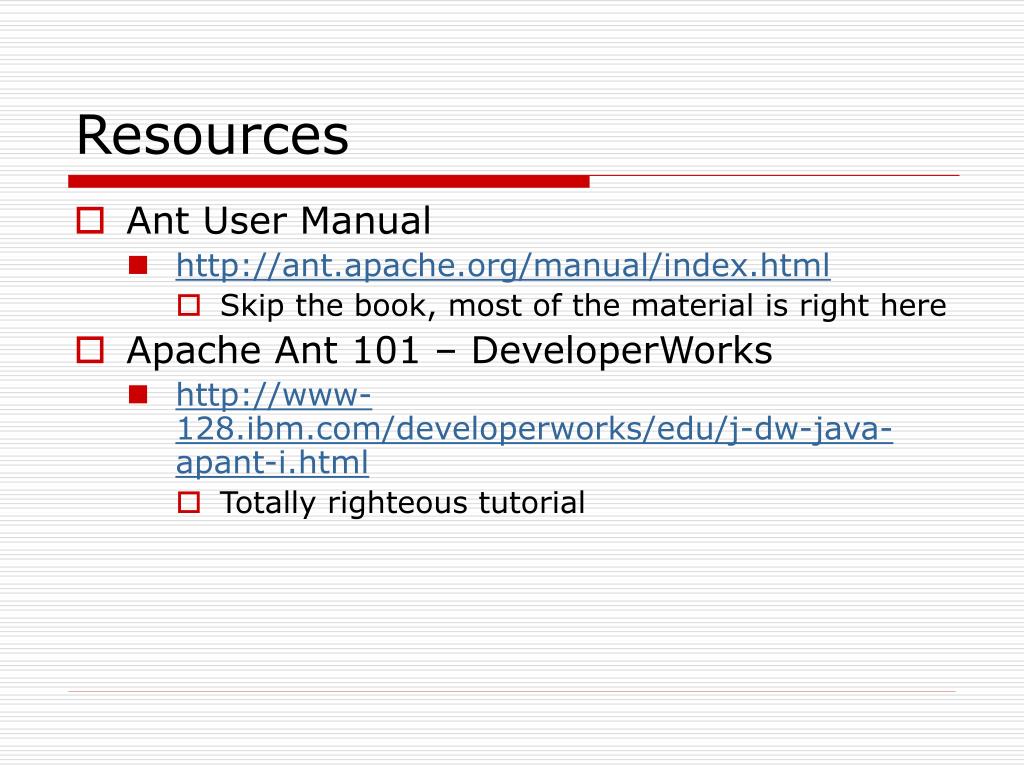

IntelliJ IDEA detect an Ant build script and displays the appropriate notification. In the New File dialog, specify the name of the new file with the xml extension, for example, build.xml. Right-click the directory and from the context menu, select New | File ( Alt+Insert). In the Project tool window, select the directory, where the build file should be created. IntelliJ IDEA makes it possible to work with existing build files, create new build files from scratch, or generate them automatically. Build file describes the steps, or build targets, required to build a project. Normally, the name of the build file is build.xml. If you created a new project or you imported an existing project without Ant then you need to create an Ant Build file to use Ant as the build tool in your project.Īnt works with the XML build file. You can create a new project, or if you have an exising project, import it. For more information, refer to the WSL section. You can also create an Ant project and store it in the WSL environment or open it from the WSL file system. IntelliJ IDEA integrates with Ant to provide a comprehensive build process, that includes compilation, packaging with the documentation and source code, committing to version control, and so on. Ant is a flexible, platform-independent build tool from Apache Ant Project.


 0 kommentar(er)
0 kommentar(er)
